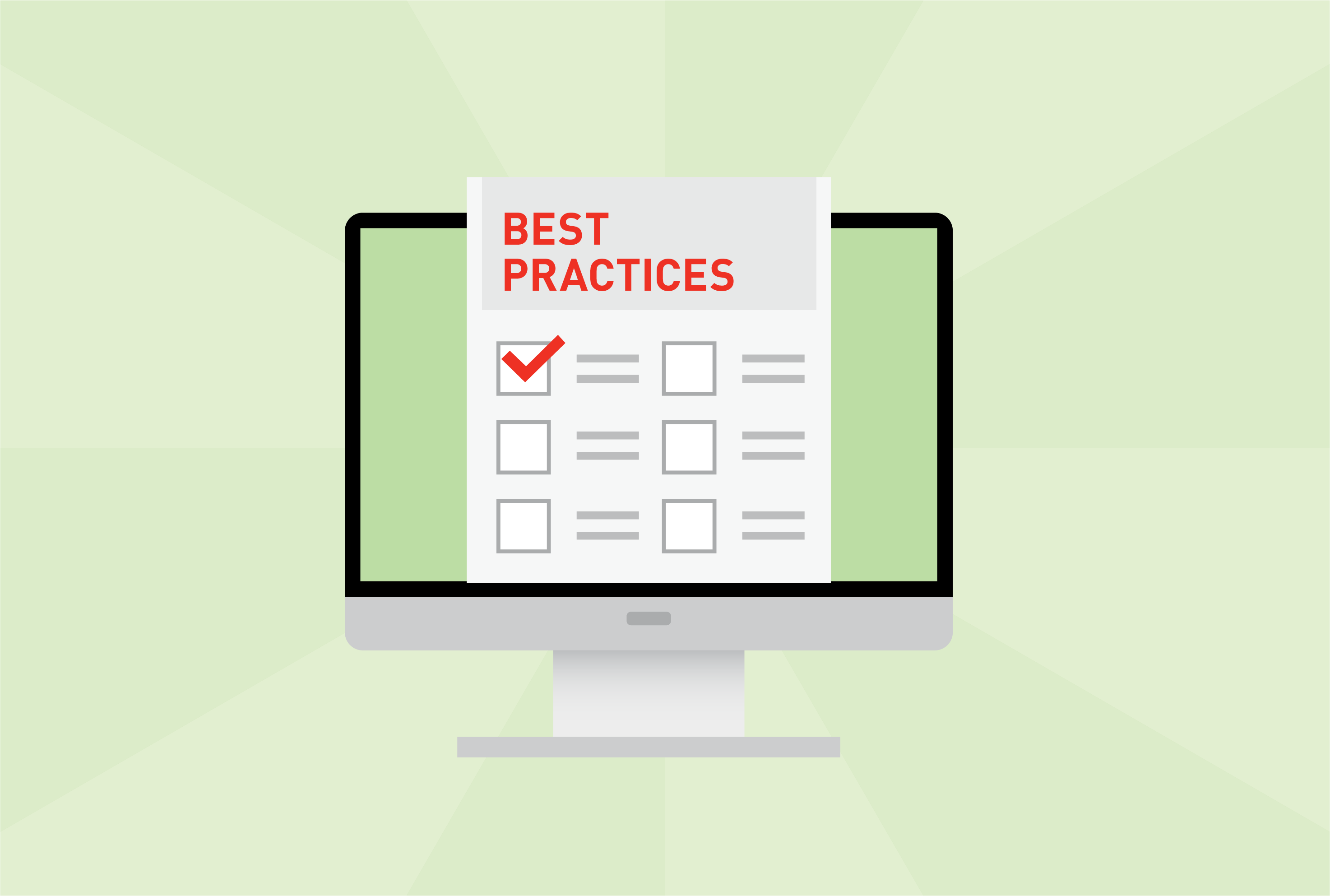Health plans with legacy systems, disjointed workflows, and paper-based anything struggled to handle the sheer volume and veracity of new care and payment models, regulatory updates, and new entrants forcing rapid changes upon the industry this year.
Payers lacking the agility and flexibility to make adjustments quickly and update their administrative operations to support new care delivery provisions, evolving quality measures, and payment rules related to telehealth, telemedicine, and remote patient care fell behind.
As the Everest Group noted in its blog post, “The healthcare payer industry is plagued with notoriously old infrastructure. While healthcare payers are working to increase data transparency, offer member-centric solutions, and adopt a value-based care model, they’re obstructed by high reliance on dated, disconnected, and non-interoperable systems.”
Missing information, inaccurate coding, and variability of authorization rules amongst insurers add to the backlogs and costs associated with slow and inefficient claims systems. The COVID-19 requirements, exceptions, and payment-related complexities have only intensified payment integrity challenges. To add to the bureaucratic and information burdens, payer employees working remotely during COVID-19 cannot access their mainframes (typically hosted in a single location and requiring on-premise operation) and struggle to approve and process claims in a timely manner.
Unexpected Impacts on Billing and Payments
Consider the following real-life example of the unexpected impacts COVID-19 on billing and payment across providers, payers, and consumers. A 25-year-old student experiencing coronavirus symptoms went to her doctor’s office. Her doctor ordered a series of tests to rule out non-coronavirus respiratory disease before conducting a COVID-19 test, as these tests were in short supply and reserved for more serious cases.
Long story short, due to insufficient coding, confusion around what services the Families First Coronavirus Response Act covered, and whether the provider, payer, or patient was responsible for the charges, the student received a surprise bill for hundreds of dollars. Coincidently, this student had worked at a physician’s office and was familiar with manually working through billing and payment discrepancies between providers and payers and could reconcile the bill in the end.
This experience exposed what providers, payers, and consumers face daily: missing data, inaccurate coding, and confusion on guidelines that can slow down what should be fairly straightforward administrative processing across the spectrum of care delivery.
However, the pandemic did not create these administrative deficiencies – it merely magnified where outdated technologies present obstacles to providing responsive services and highlighted the limitations of current payer administrative systems and solutions.
To remain viable and competitive, Health plans must take advantage of the technologies that enable transparency, efficiency and agility.
Looking Ahead
As healthcare transitions to a more efficient, innovation-driven environment, so must our technology claims adjudication systems; systems that can offer interoperability and adaptability will enable payers to quickly customize policies and fee schedules and apply exceptions, adjustments and custom carve-outs.
According to the Everest Group, payers leave a lot of value on the table when managing medical and administrative costs separately. Administrative processes and IT management accounts for 15-20 percent of total payer costs, and a cloud-based prospective payment integrity platform can significantly help to reduce this number.
The industry could save $15.5 billion per year if payers processed claims correctly the first time. While almost all payers have some form of retrospective payment integrity scanning in place, few utilize emerging technology to proactively avoid paying claims improperly, even when the retrospective review of overpayments is 1.5x as costly as prevention.
In August 2020, HealthEdge completed its acquisition of The Burgess Group, LLC, an innovative payment integrity software company focused on improving healthcare payment operations through technology.
“Payment integrity is one of the principal tools to manage medical costs and, hence, is a key functionality that payers value in core-admin platforms. By adding The Burgess Group’s offerings to its own expertise, HealthEdge’s goal is to create an integrated claims processing, payment integrity, and adjudication platform that addresses both administrative and medical expenses,” the Everest Group reported in its blog.
Health plan customers will now benefit from claims cost savings via Burgess Source®, a cloud-based, prospective payment integrity platform with a once every two-week update cycle to enforce compliance and an interoperable ecosystem to deliver accurate results. The platform’s ability to identify and reduce the estimated $1 trillion wasteful spending in the U.S. healthcare system leads the way to on-time, accurate payments for millions of covered lives.






